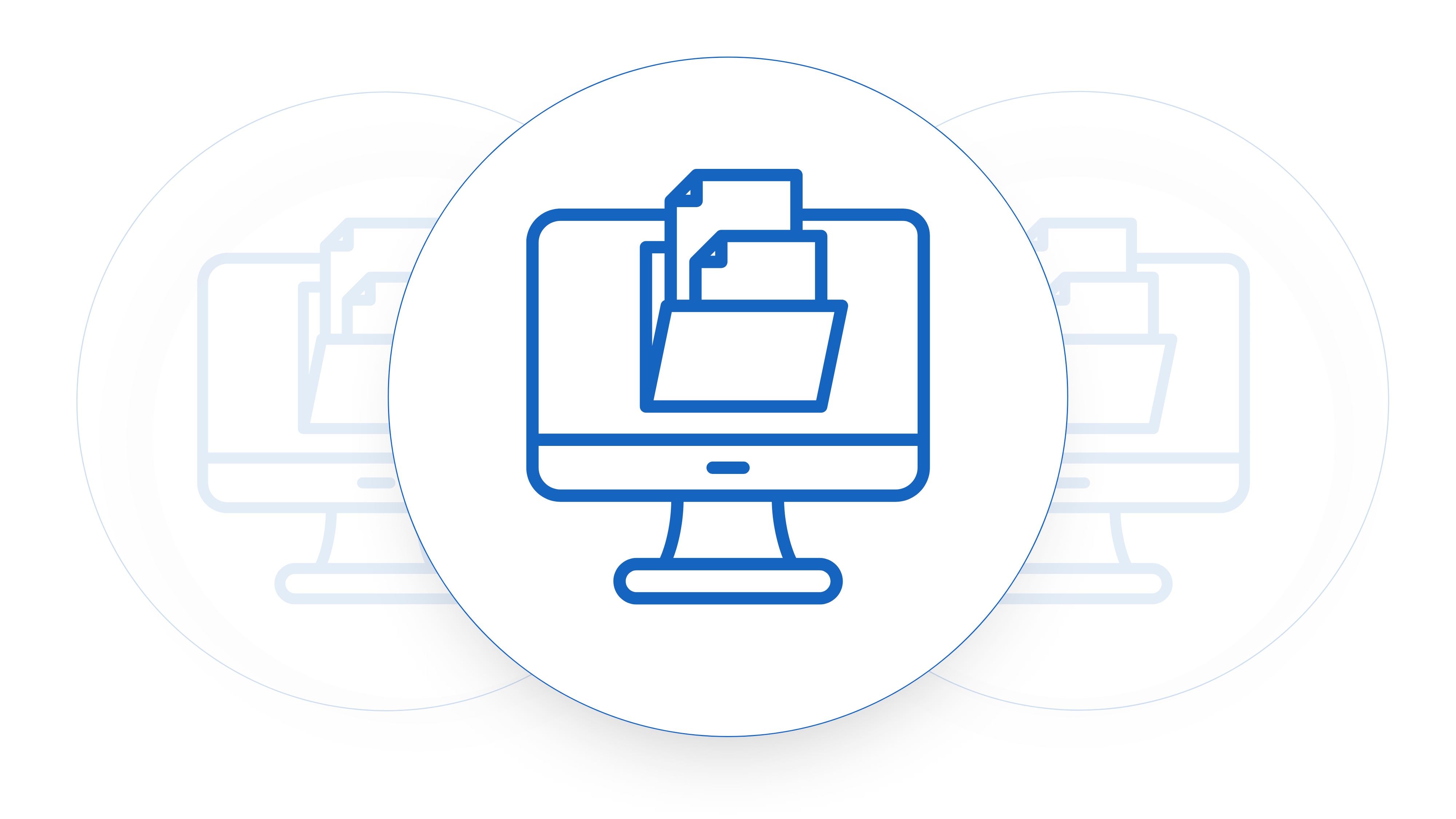Listen in to this weeks podcast episode where we talk about termination for convenience in SaaS contracts. We’ll chat about why it spell’s trouble for your growth and how investors view termination for convenience in SaaS contracts.
The drive for customer satisfaction and flexibility is one of the most important things for a growing SaaS company. One model that has emerged in response to this demand is the ‘termination for convenience in SaaS contracts. However, this approach has some potentially detrimental implications, particularly for SaaS firms operating on an Annual Recurring Revenue (ARR) model.
What does this clause mean?
Firstly, it’s essential to understand what termination for convenience entails. It gives the customer the liberty to end a service contract at any time without incurring penalties. On the surface, it seems like a pro-consumer move, enhancing flexibility and fostering goodwill. Yet, it could spell trouble for the stability and predictability of a SaaS company’s cash flow.
The nature of SaaS businesses leans heavily on the predictability of their revenue streams. The ARR model embodies this predictability by providing a stable, recurring annual income for the SaaS provider. Termination for convenience disrupts this stability. Sudden contract terminations could lead to unpredicted revenue loss and create budgetary gaps that can be challenging to fill quickly.
Moreover, the ARR model often involves upfront investments in customer acquisition, technology development, and infrastructure. These investments are recouped over time as the customer pays their recurring annual fees. If a customer abruptly terminates their contract, it disrupts this long-term recovery of investments, pushing the SaaS provider into an unstable financial position.
It’s not just the immediate monetary loss that’s concerning; the churn rate, a key metric in SaaS, gets adversely affected too. High churn rates could indicate a lack of product-market fit, weak customer service, or inadequate product value, all of which are red flags for potential investors.
An investors point of view
From an investor’s perspective, predictability and stability of returns are critical elements. They want to minimize risk while maximizing return on investment. When a SaaS company adopts the termination for convenience model, it introduces an element of unpredictability in the cash flow. The lack of guaranteed returns and the potential for abrupt revenue disruptions can be off-putting for many investors, thereby impacting the company’s ability to attract investment and potentially stunting its growth.
1. Valuation Concerns in SaaS Companies
Another issue lies in valuation. SaaS companies are often valued based on their ARR. A stable, growing ARR suggests a healthy company with a reliable customer base, which drives up its valuation. In contrast, an ARR prone to sudden disruptions due to the termination for convenience could result in lower valuations, affecting the company’s market standing and potential for future funding.
2. The Customer-Centric Illusion
While termination for convenience might initially appear as a customer-centric approach, it harbors significant downsides for SaaS companies operating on an ARR model. The potential disruptions to cash flow, impact on churn rates, investor perception, and company valuation present a compelling case against the adoption of this model.
3. Striking a Balance
In the highly competitive SaaS market, it’s crucial to strike a balance between customer flexibility and business sustainability. Before leaping into customer-friendly policies like termination for convenience in SaaS contracts, companies should thoroughly evaluate the potential implications on their financial health and growth prospects – or better yet, just avoid this clause as much as possible. Opting for more balanced contract terms that allow customer flexibility while safeguarding the SaaS provider’s interests could be a more sustainable path towards long-term success.











